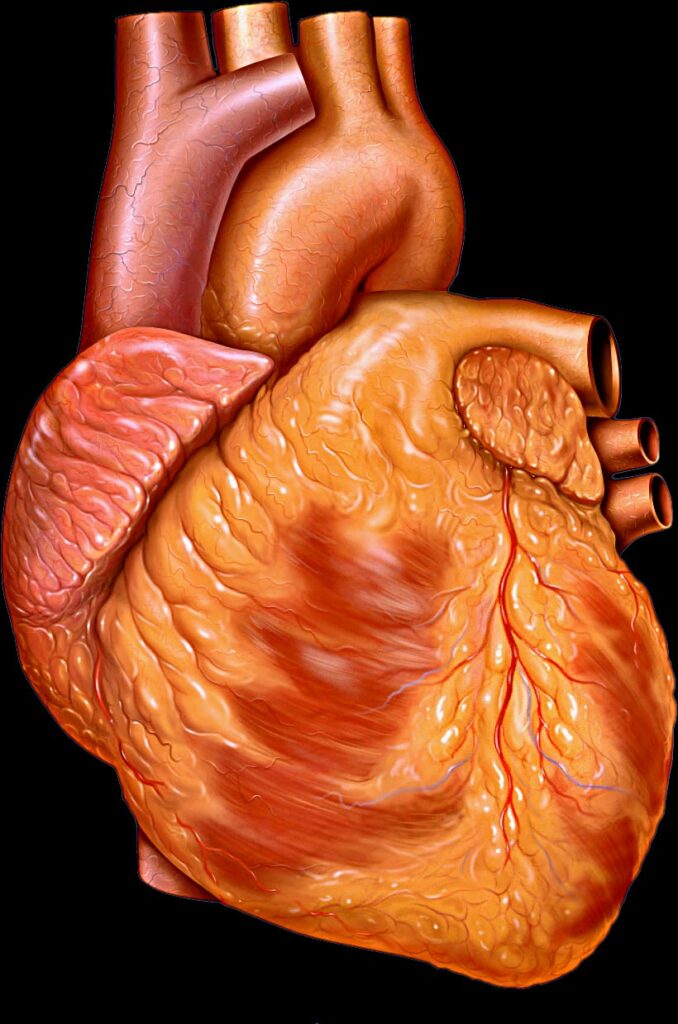One of the most crucial organs necessary for maintaining life is the human heart.
- It has four chambers and is a muscular organ. The heart is roughly the size of a clenched hand.
- One of the strongest and most active muscles in the human body.
- It continues to beat throughout a person’s lifetime.

Position of Human Heart
The human heart is situated in the thoracic cavity, just to the left of the sternum, between the lungs (breastbone). It comes from the germ layer of the mesoderm of the embryo.
Functions
- Any organism’s heart’s job is to ensure a steady flow of blood throughout the body. As a result, the cells and tissues receive fresh oxygen and nutrients.
- The human heart’s main job is to circulate blood throughout the body.
- Blood carries nutrients including glucose, hormones, and oxygen to many body parts, including the human heart.
- Through venules and veins the blood returns to the heart.
- The heart also makes sure that the body’s blood pressure is kept at a healthy level.
Structure of Human Heart
- The human heart has four chambers—two ventricles and two atria—and is roughly the size of a fist. The atrium and ventricles are the blood-receiving and blood-pumping chambers, respectively.
- The “right heart” among them is made up of the right atrium and ventricle, while the “left heart” is made up of the left atrium and ventricle.
- The aorta, the largest artery in the body, is likewise housed within the heart’s anatomy.
- The septum is a muscular wall that divides the right and left chambers of the heart.
- Through the pulmonary arteries, the right ventricle pumps blood to the lungs for reoxygenation.
- When the right semilunar valves seal, blood cannot return to the heart.
- The left atrium then receives the oxygenated blood via the pulmonary veins from the lungs.
Also Read About:

